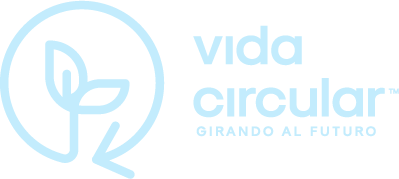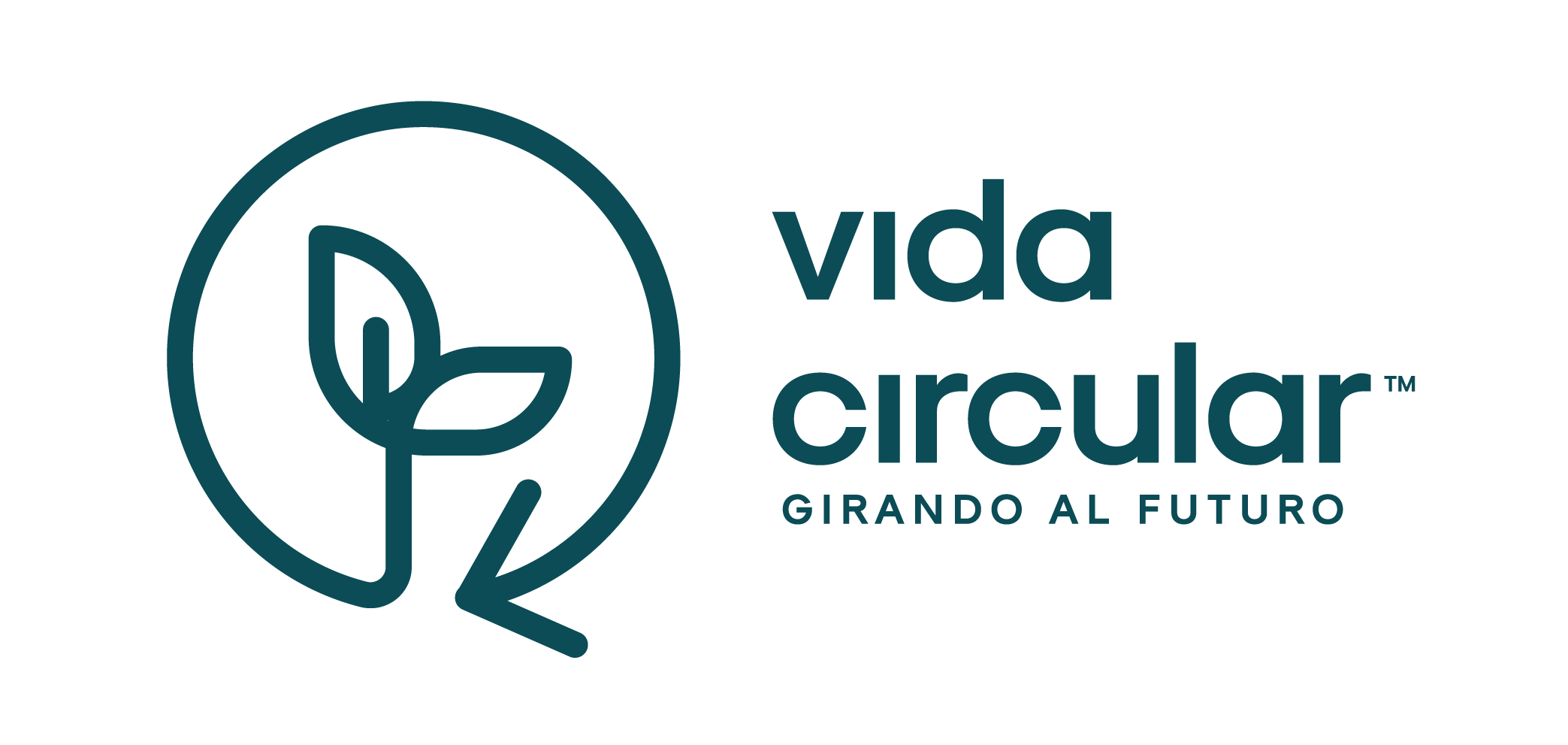
Sustainability and sustainability, the balance we need for a better future
Sustainability and sustainability are concepts that we hear more and more often, and no wonder, because we are at a time when taking care of the planet is not only important, it is essential. But have you ever stopped to think about what these words really mean and why they are so relevant?
Let's start with sustainability, which refers to finding a balance between what we use today and what we leave for the future. A simple way to understand it is to imagine that natural resources are like a bank account: if we withdraw more than we take in, we will eventually run out. So the idea is to use resources responsibly, without compromising the needs of future generations.
Sustainability, on the other hand, focuses on how to maintain this balance over time. It is not just a matter of making the right decisions in a timely manner, but of adopting responsible practices that will last, benefiting not only the environment, but also the people and communities that depend on it.
Although the terms are sometimes used synonymously, each has a particular focus. Understanding these differences helps us to have a clearer vision of why both are essential to ensure a more balanced and just future for all.
What is sustainability?
Imagine you have a cake and you need it to be enough for everyone today, but also for those who come tomorrow. That, basically, is the idea behind sustainability: using what we have now in a responsible way, without leaving future generations with nothing.
Basically, it is finding a balance between what we do to live well today and taking care of the environment so that we can also live well tomorrow. And although it sounds simple, it has some clear rules, such as those proposed by economist Herman Daly:
- Use resources that regenerate, such as trees or water, at a rate that allows nature to replenish them.
- Do not produce more waste or pollution than the planet can handle.
- Use non-renewable resources, such as oil, sparingly and look for other options that can replace them.
In short, sustainability asks us to think beyond ourselves, to make decisions that not only benefit us now, but also take care of the future. Can you imagine if we all lived like that? The change would be enormous.
What is sustainability?
Sustainability is basically a deal we make with the planet. It is finding ways to move forward, to grow socially and economically, but without abusing the resources the Earth gives us. It is about being able to live well today, without compromising the future of those who come after us.
This concept became famous with the Brundtland Report in 1987, which defined sustainable development as "meeting the needs of the present without compromising those of future generations". To achieve this, sustainability rests on three fundamental pillars: society, the economy and the environment.
The idea is that these three are in balance so that we can all win, now and in the future. If we take care of each of these aspects, we are building a fairer and more responsible path for everyone.
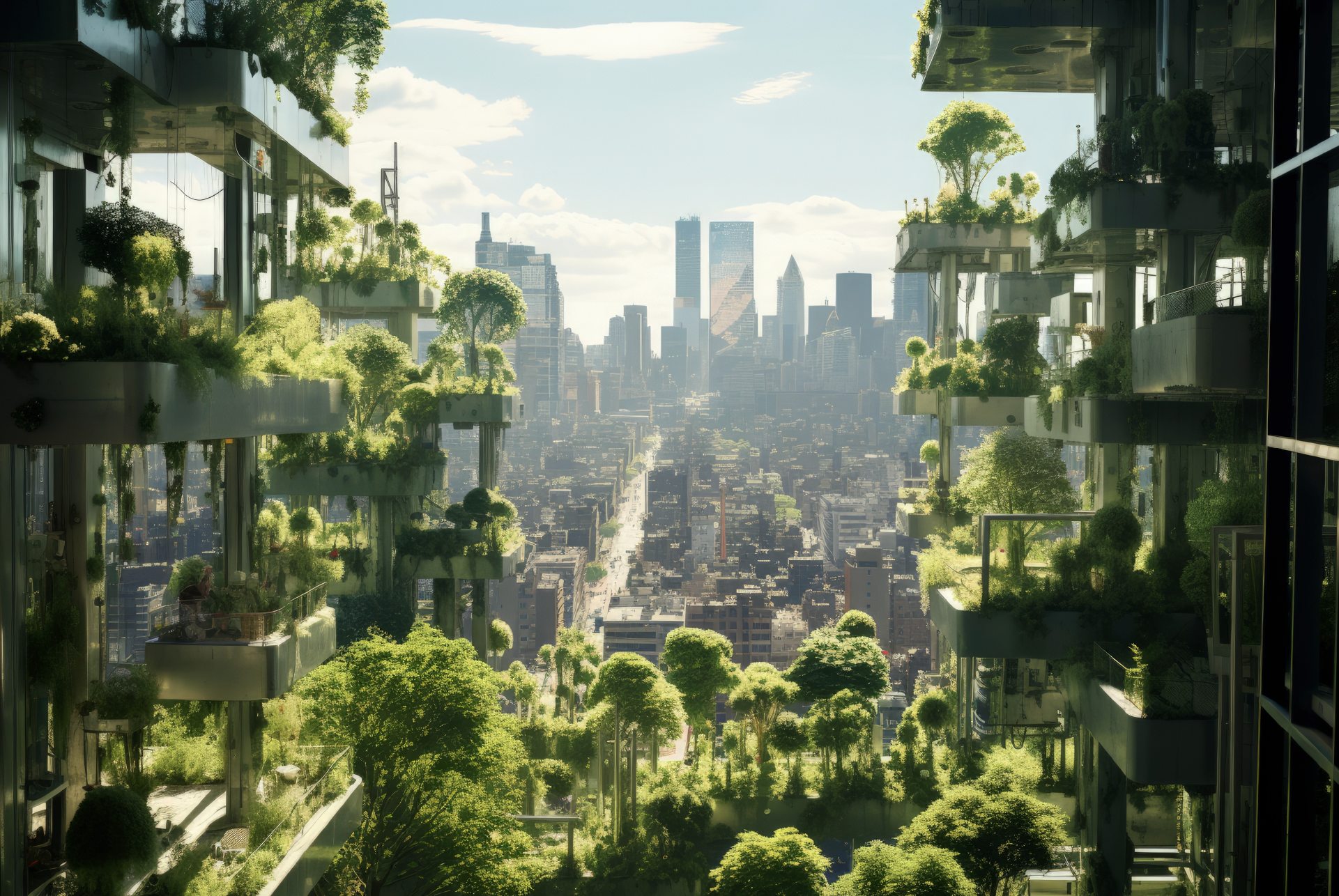
Practical examples of sustainability and sustainability
Sometimes, understanding these concepts can seem complicated, but if we take them to everyday life with concrete examples, everything becomes clearer. Here are some ways in which sustainability and sustainability are present in the real world.
Examples of sustainability:
Sustainability is about using resources in a way that we don't run out of them and that they can be regenerated. Here are a couple of examples:
- Renewable energy: Install solar panels on homes or use wind turbines to generate electricity, reducing the consumption of fossil fuels.
- Reforestation: Planting trees in areas affected by deforestation to restore ecosystems and balance the carbon cycle.
- Sustainable construction: Design buildings that use recyclable materials, have water and energy saving systems, and take advantage of natural light.
Responsible consumption: Buy local and seasonal products to reduce the carbon footprint associated with transportation.
Examples of sustainability:
Sustainability, on the other hand, focuses on the balance between people, the environment and the economy, ensuring that everyone has what is necessary for a dignified life. Some examples are:
- Environmental education: Programs in schools and communities that teach recycling practices, energy saving and conservation of natural resources.
- Efficient public transportation: Mass transit systems that reduce pollution and improve urban mobility for all.
- Access to basic services: Projects that ensure potable water, electricity and health services for marginalized communities, improving their quality of life.
- Circular economy: Companies that reuse materials, transforming waste into new products to minimize environmental impact and promote a sustainable economic model.
Benefits of implementing sustainable and sustainable practices
Applying sustainable practices not only helps to take care of the planet, it also brings benefits that we can notice in our daily lives and businesses. It's a win-win: we save, we live better and we help create a more balanced future.
Cost savings
Being more sustainable is not only good for the Earth, it's also good for your wallet. For example, if you switch to LED bulbs or use solar panels, your electric bill goes down considerably. The same happens if you recycle or reuse materials instead of throwing them away: you reduce costs and generate less waste.
2. Improvement of the brand image
Today, many people prefer brands that care about the environment. Companies that adopt sustainable practices not only generate trust, but also gain loyal customers and attract investors interested in responsible projects. In such a competitive market, being a brand committed to the planet can open many doors.
3. Compliance with environmental laws
With environmental regulations becoming stricter, adopting sustainable practices is one way to stay current and avoid legal problems. For example, managing waste correctly or reducing carbon emissions not only ensures that companies comply with regulations, but also allows them to participate in projects that demand high sustainability standards.
4. Contribution to social welfare
Sustainability is not just about caring for the environment; it also touches people. For example, ensuring access to clean water or renewable energy improves the quality of life in vulnerable communities. In addition, green jobs, such as those related to solar energy, reforestation or recycling, generate job opportunities that benefit both people and the planet.
5. Quality of life
Sustainability is also felt in everyday life. Buying local products, for example, not only supports small producers, but also reduces transportation pollution. Recycling or generating less waste helps us to maintain cleaner and healthier spaces, something that directly impacts how we live and feel.
6. Promotion of community welfare
When a community joins sustainable projects, the benefits go beyond the environment. An urban garden or a recycling campaign not only helps the planet, but also strengthens the bonds between people. It's nice to see how working together for a common goal creates a sense of belonging and cooperation.
Being sustainable is not only about taking care of the planet, it is about taking care of ourselves, our families, our communities and the future we want to leave behind. And best of all, it is in our hands to start with small changes that really make a difference.
Conclusion on sustainability and sustainability
When we talk about sustainability and sustainability, we are not talking about something distant or complicated. They are concepts that we can understand and, best of all, apply in our daily lives. It is about finding a balance where everyone - people, communities, companies and the planet - wins.
Every small change we make, such as recycling, using less plastic or choosing local products, has an impact. And when we add those gestures together, the result is much bigger than we imagine. It's not about being perfect, because no one is, but it's about being aware and improving little by little.
The great thing about all this is that, in addition to helping us live better lives, we are also creating a more just future for those who come after us. To think that with our decisions we can change things is pretty exciting, isn't it?
So why not get started? Today is a good day to take that first step towards a more sustainable lifestyle. And don't worry, you don't have to do it all at once; every little gesture counts.
